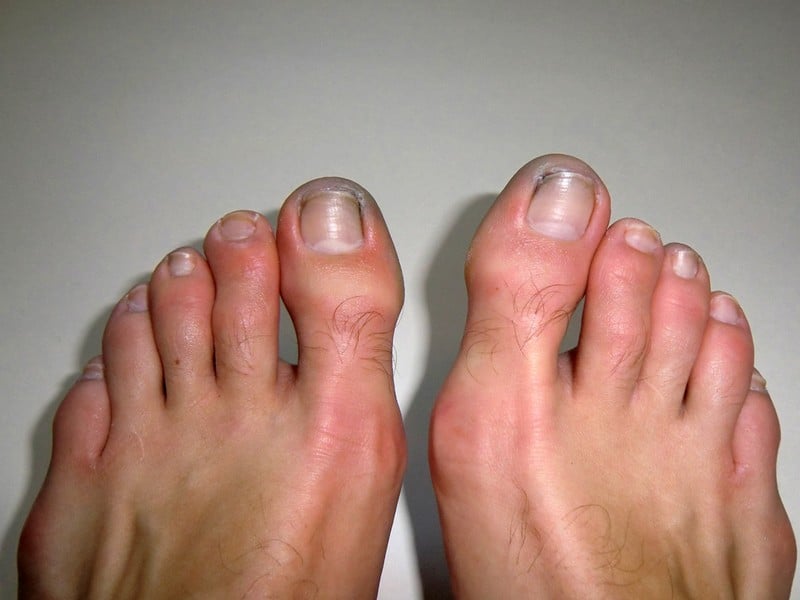Frostbite

Frostbite is caused by exposure to cold temperatures, which causes tissue damage within the body. A person’s toes are particularly at risk since they lose heat more rapidly than other body parts. Pain, tingling, and numbness in the frostbitten region are common symptoms in the early stages of the condition. People who live or work in colder areas are more likely to have frostnip, the first stage of frostbite. Common sites of infection include the nose, ears, fingers, and toes.
Prolonged exposure to low temperatures will cause further tissue damage, and the region will feel hard and frozen. There is a change in color to the skin where it can turn white or blue, and a hard, cold sensation in the underlying tissue. Subcutaneous tissues, such as tendons, muscles, nerves, and bones, may also be severely damaged during the advanced stage of frostbite. The thawing skin results in blood-filled blisters that eventually become thick black scabs and lead to tissue death. Tissue necrosis happens when cells die and may need removal to avoid infection.
Extra precautions, such as keeping the toes dry and warm, may help avoid frostbite when the temperature drops. Some medical interventions, including medicines and surgery, are recommended in severe cases.










